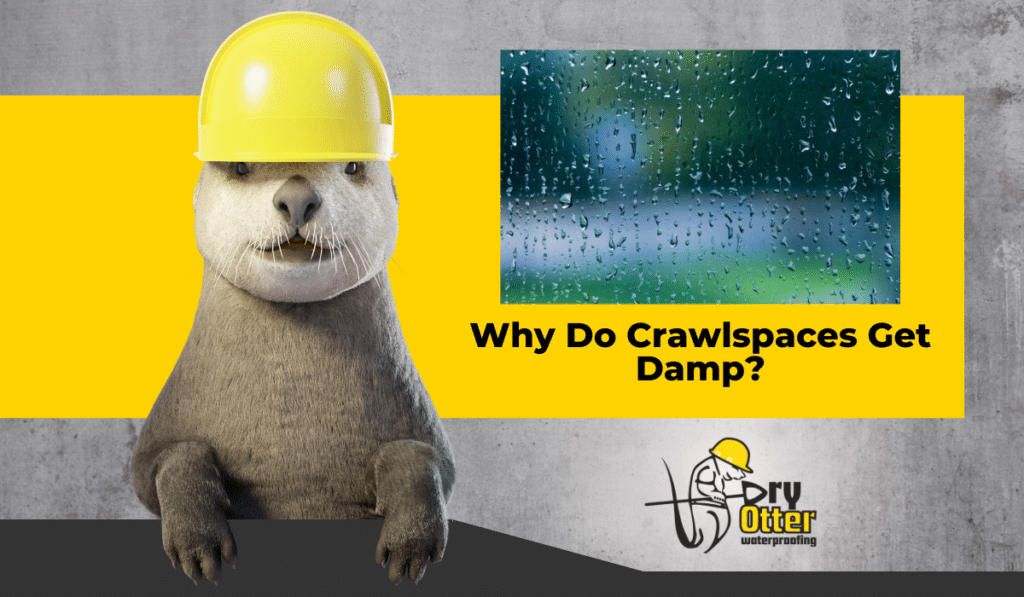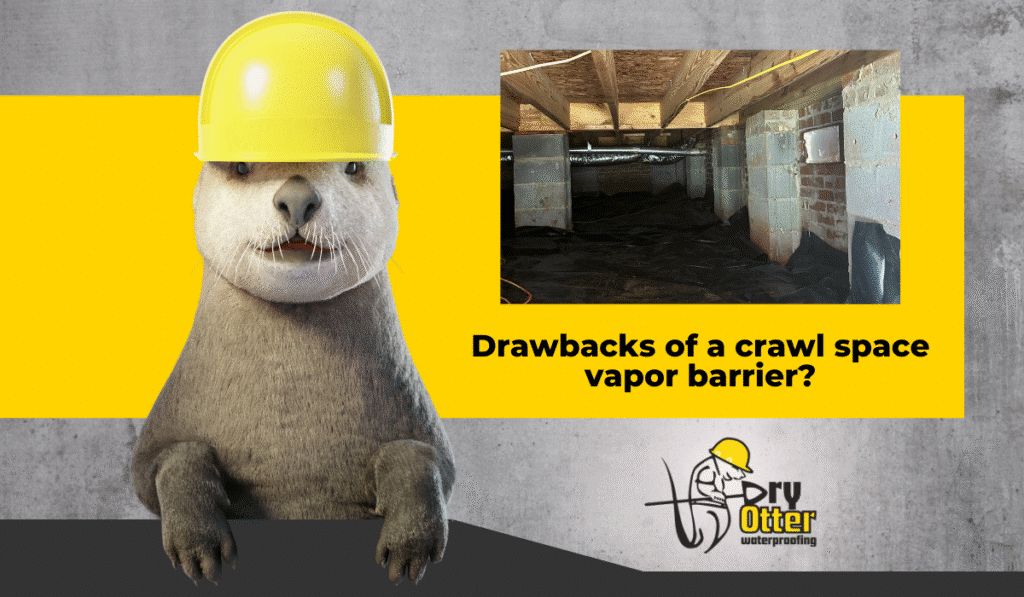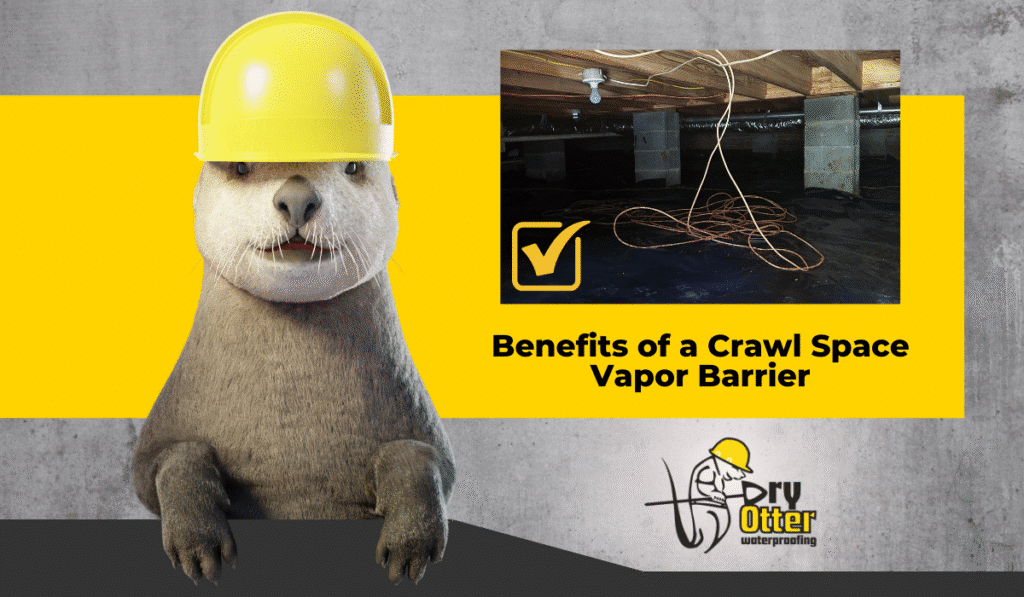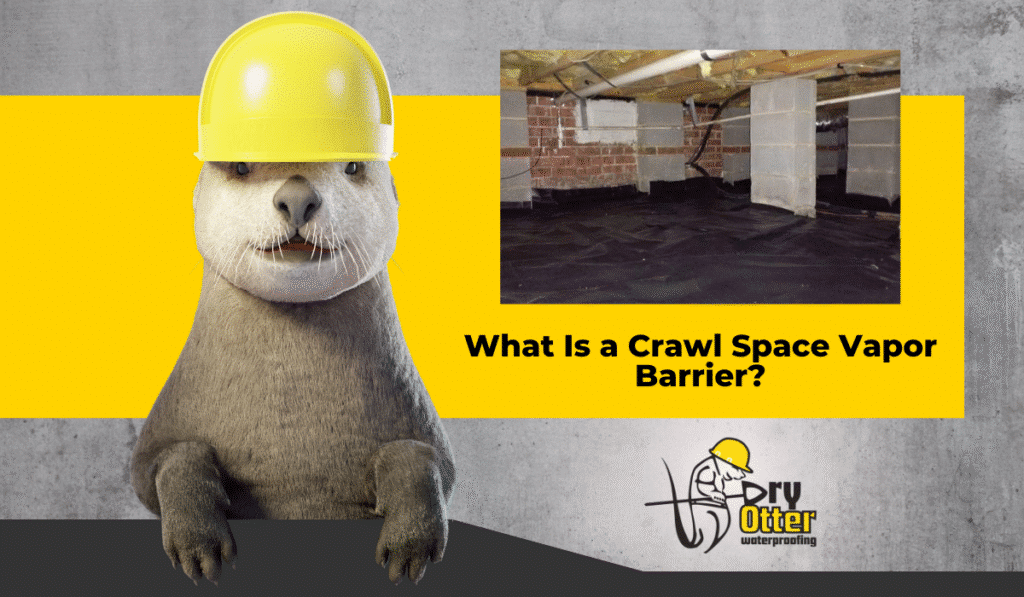Many homeowners never think about their crawl space until a problem appears. But when you finally take a look and notice moisture or standing water, it’s natural to wonder: Is it OK for a crawl space to be wet?
The short answer is no—a wet crawl space is never normal and never harmless. Even small amounts of moisture can lead to serious issues over time. Let’s take a closer look at why that happens, what it means for your home, and how to fix it for good.
Why Crawl Spaces Get Wet
Crawl spaces are designed to provide ventilation, access to plumbing, and a barrier between your home and the ground. But because they sit directly over soil, they’re also one of the most vulnerable areas of your home when it comes to moisture.
Common causes of crawl space moisture include poor drainage around the foundation, leaking or overflowing gutters, high humidity, plumbing leaks, and groundwater seeping through the soil. Over time, these small problems can create a damp, musty, or even flooded space beneath your home.
In areas with clay-heavy soil or frequent rain, this moisture tends to linger, soaking insulation and wood supports. While a little dampness might not seem urgent, it’s often the first sign that water is finding its way where it shouldn’t.
The Hidden Problems of a Wet Crawl Space
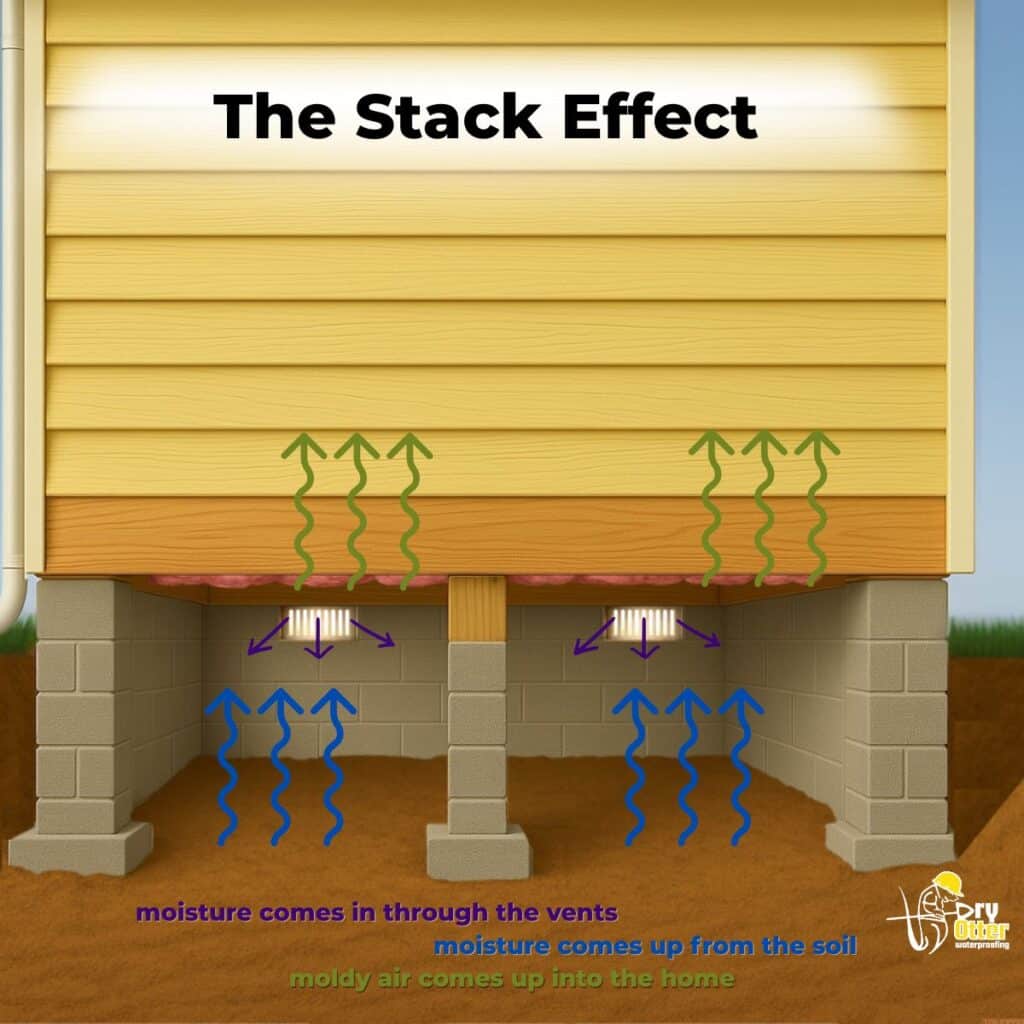
Moisture in a crawl space does more than make things damp, it affects the entire home. A wet environment promotes mold growth, wood rot, and pest infestations. Mold spores can travel upward into your living areas through a process known as the “stack effect,” which means the air quality in your crawl space eventually becomes the air you breathe inside your home.
Over time, trapped moisture can weaken the wooden framing that supports your floors, causing soft spots, uneven surfaces, or squeaks. It can also lead to insulation damage, rusted metal components, and an overall decline in energy efficiency. What starts as a minor moisture problem can turn into major repairs if left untreated.
Why Quick Fixes Don’t Work
Homeowners sometimes try to handle crawl space moisture by painting over damp spots, adding fans, or laying a thin plastic sheet over the soil. While these solutions may seem to help for a short time, they rarely stop the actual source of the problem.
If water continues to enter the space, no coating or patch will hold up. The key to fixing a wet crawl space is managing water at the source, redirecting it away from the foundation, controlling humidity, and preventing it from coming back.
The Right Way to Keep a Crawl Space Dry
The most effective solution for a wet crawl space is a combination of drainage, encapsulation, and dehumidification. Drainage systems, such as French drains and sump pumps, move water out of the space before it can cause damage. Encapsulation seals the crawl space with a heavy-duty vapor barrier that locks out moisture and soil gases. Finally, a dehumidifier keeps humidity levels stable year-round.
Together, these systems turn a damp, musty crawl space into a clean, dry, and energy-efficient part of your home. They also protect against mold, wood rot, and costly foundation issues.
How Dry Otter Waterproofing Can Help
At Dry Otter Waterproofing, we’ve seen every kind of crawl space problem, from light moisture to full flooding. Our team inspects the entire foundation area to find out where water is coming from and what’s causing it. We design a custom solution for your home, whether that means drainage, encapsulation, or both.
Every system we install is built to last and backed by a lifetime warranty. Once we’ve finished, you can count on your crawl space staying dry and your air staying clean.
Don’t Ignore a Wet Crawl Space
If you notice moisture, standing water, or musty odors coming from under your home, it’s time to take action. A wet crawl space isn’t just uncomfortable. It’s a sign that your home’s foundation is under stress. The sooner the issue is fixed, the easier and more affordable it will be to repair.
Schedule a free inspection with Dry Otter Waterproofing today. We’ll identify the cause, walk you through your options, and help you protect your home from the ground up.

